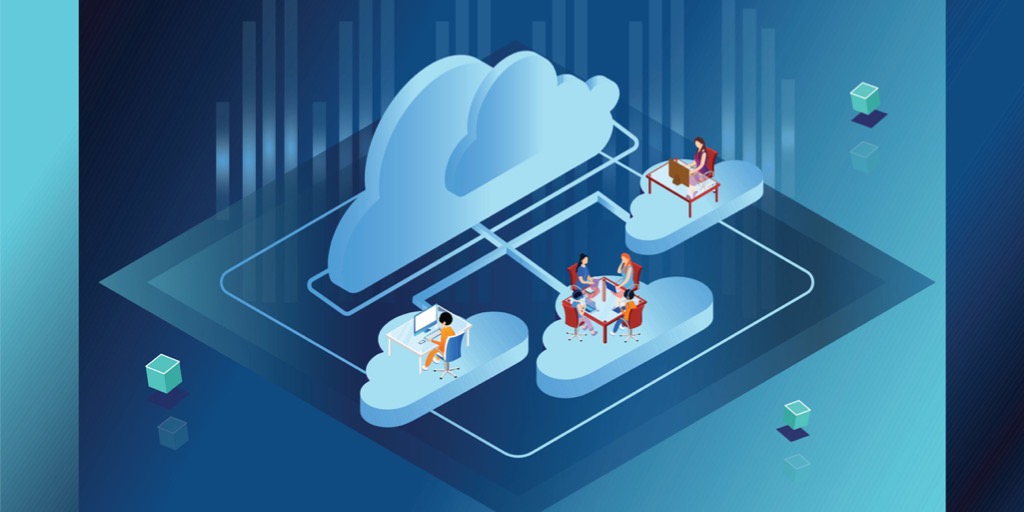Why you must protect your data to protect your business?
As one of your most valuable assets, data has the potential to make or break your business. Threats like ransomware have the potential to fatally disrupt operations, while fines for GDPR breaches could be financially devastating. Having a robust, reliable backup solution is therefore vital. And as cloud technologies continue to develop and mature, it […]
Why you must protect your data to protect your business? Read More »





